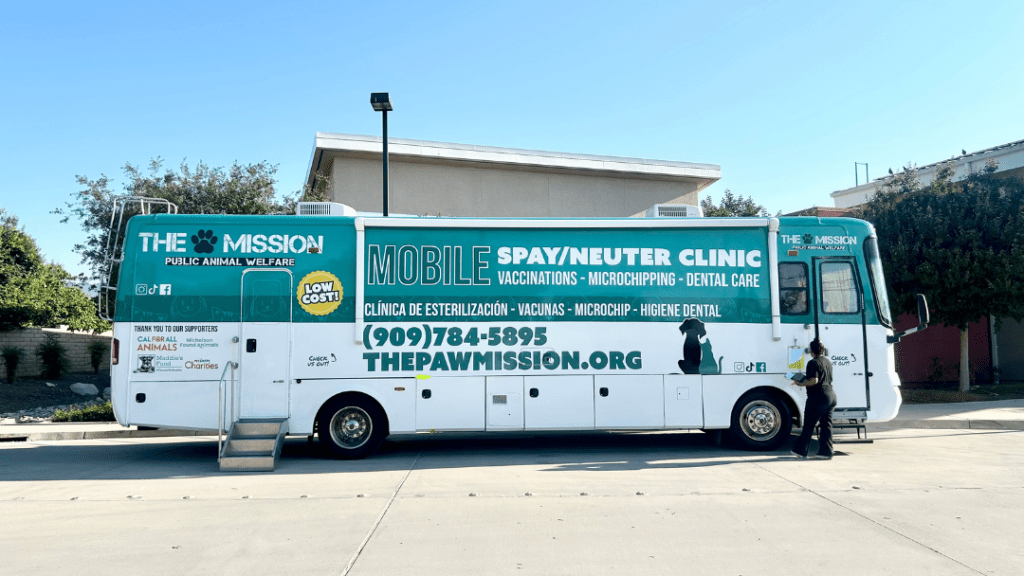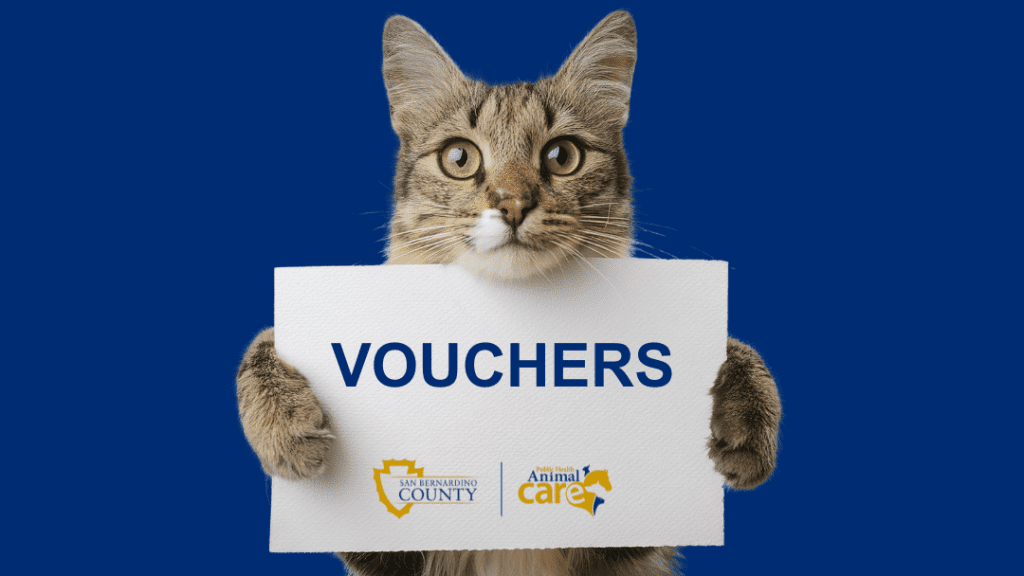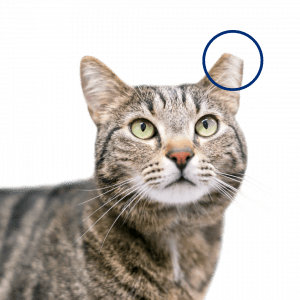What is the TNVR program?
The San Bernardino County Department of Public Health is collaborating with qualified organizations to implement a comprehensive Trap-Neuter-Vaccinate-Return (TNVR) program across its service areas. This initiative aims to enhance public engagement through outreach, educational efforts, and collaborative partnerships focused on managing community cat populations and preventing the spread of diseases.
The TNVR program is a humane approach to managing the community cat population in their outdoor home where they are thriving. In the TNVR program, community cats are humanely trapped, taken to a veterinarian for spaying or neutering, vaccinated, ear-tipped for easy identification, and then returned to their original outdoor homes. This approach helps control the feline population, reduces health risks, and enhances their overall well-being. TNVR not only improves the lives of cats but also offers a humane, effective, and cooperative way for communities to live alongside them. The TNVR program is a compassionate, effective, and widely accepted method for managing community cat populations.
Who are we partnering with?
Priceless Pets
Priceless Pets will be hosting monthly mobile vet clinic events. Identify if the community cat qualifies for the TNVR Program by reading step 1 below.
Cost: The costs for spaying, neutering, and vaccinating community cats at Priceless Pets are fully covered by San Bernardino County Animal Care. However, a $50 refundable deposit will be required for each appointment.
Paw Mission
The PAW Mission will be hosting monthly mobile vet clinic events. Identify if the community cat qualifies for the TNVR Program by reading step 1 below.
Cost: The costs for spaying, neutering, and vaccinating community cats at The Paw Mission are fully covered by San Bernardino County Animal Care. However, a $20 refundable deposit will be required for The PAW Mission with each appointment.

Vouchers
You can also choose to take the community cat(s) to one of our participating veterinarians through our Animal Sterilization Assistance Program (ASAP).
Cost: A $100 voucher in financial assistance will be provided for spaying and neutering if you choose to take the community cat(s) to one of our participating veterinarians.

How do I get started?
Step 1. Identify if the cat qualifies for the TNVR Program.
- In order to qualify for the TNVR program, community cats must be trapped within the unincorporated areas of San Bernardino County. The trapping location address, not the home address, will be used to assess eligibility.
- The TNVR chart is intended to assist you in determining whether you have found a lost pet or a community cat and if the cat qualifies for the program.
Step 2. Make an appointment for TNVR services with The PAW Mission or Priceless Pets. You can also choose to take the community cat to one of our participating veterinarians through our Animal Sterilization Assistance Program (ASAP).
- Most clinics do not accept community cats trapped in carriers to avoid confusion between owned cats and community cats. Please refer to the clinic’s website or call the clinic to confirm the type of trap allowed.
- Trappers should be prepared to provide the following information to the clinic.
- Home address
- Contact information
- Associated organization, if applicable
- Address of trapping location (or estimated address)
Step 3. Safely capture the community cat using a community cat trap.
- It is recommended to contact the partner clinic directly for specific instructions and information on how to humanely capture a cat. Each TNVR partner clinic will operate with varying requirements.
- Community cat traps are available to the public to rent for a period of up to 10 days at the Devore or Big Bear Animal Shelter. A $40 deposit is required for each trap, and a rental fee of $4 per day will be deducted from the deposit. The remainder of the deposit will be refunded once the trap has been returned, if applicable.
Step 4. On the day of the appointment, take the community cat to the TNVR partner clinic you scheduled.
Step 5. Individuals and organizations must pick up the cat that day, provide aftercare (i.e., food, water, shelter, and support with recovery), and return the cat to its trapped location per the timeline and instructions provided by the clinic.
Step 6. If the trap was rented at the Devore or Big Bear Animal Shelter, individuals and organizations are to clean the trap and return it to be refunded their remaining deposit amount.
FAQ
If you come across kittens outdoors, it’s important to understand that the mother cat is likely nearby, caring for them. It’s important to leave the kittens undisturbed to allow their mother to look after them. It’s generally recommended to wait until the kittens are at least 8 weeks old or weigh around 2 lbs. before considering their participation in the TNVR program.
Community cats thrive in their outdoor environments. The TNVR program is a humane and effective approach that involves spaying or neutering, vaccinating, ear-tipping for easy identification, then returning these cats to their outdoor homes. This approach promotes the welfare of the cats, contributes to their overall health and happiness, and helps to effectively control the population of community cats.
A straightforward way to identify if a community cat has been spayed or neutered is by looking for an ear tip. An ear tip refers to the surgical removal of approximately ¼ to ½ inch from the tip of one of the cat’s ears.
